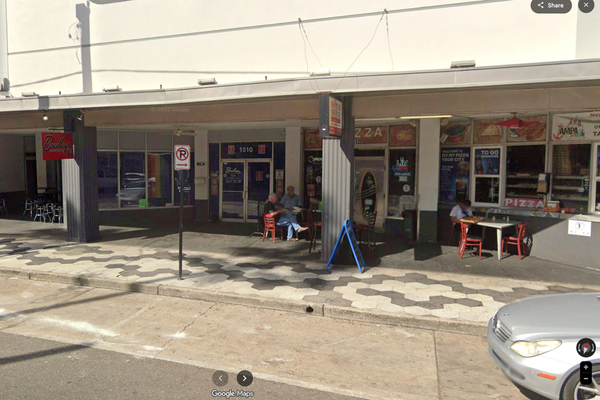
A very suspenseful attempt is underway to return to the moon with a US spacecraft aiming to land on the lunar surface, a feat not achieved by the country in half a century. A last-minute problem has arisen with the navigation system of the Odysseus lunar lander, causing a high-stakes situation. The spacecraft, operated by Intuitive Machines, is facing a critical issue with its LIDAR system, which is crucial for safe landing on the moon's surface.
Efforts are being made to salvage the mission by patching the NASA LIDAR to the spacecraft's control system. The use of LIDAR, which utilizes light pulses instead of radio waves, is essential for identifying a suitable landing spot amidst the lunar terrain filled with craters and obstacles.
The mission has two remaining possible attempts for landing, with the first scheduled at 624 and the second at 824, two hours later. The success of the mission hinges on the effectiveness of the experimental payload being utilized to rectify the navigation system issue.
If the current fix fails, the mission could result in a failure, marking the second setback in NASA's CLPS program, which aims to outsource robotic lunar landings. Despite the potential outcome, the mission serves as a valuable learning experience for future endeavors in lunar exploration.
The mission, spearheaded by a small team at Intuitive Machines, underscores the challenges and risks associated with space exploration. The team's dedication and resourcefulness in addressing the crisis highlight the innovative spirit driving commercial space initiatives.
While the outcome remains uncertain, the mission signifies a significant step in advancing commercial lunar exploration. Regardless of the result, the mission will contribute valuable insights and pave the way for future missions to the moon.







